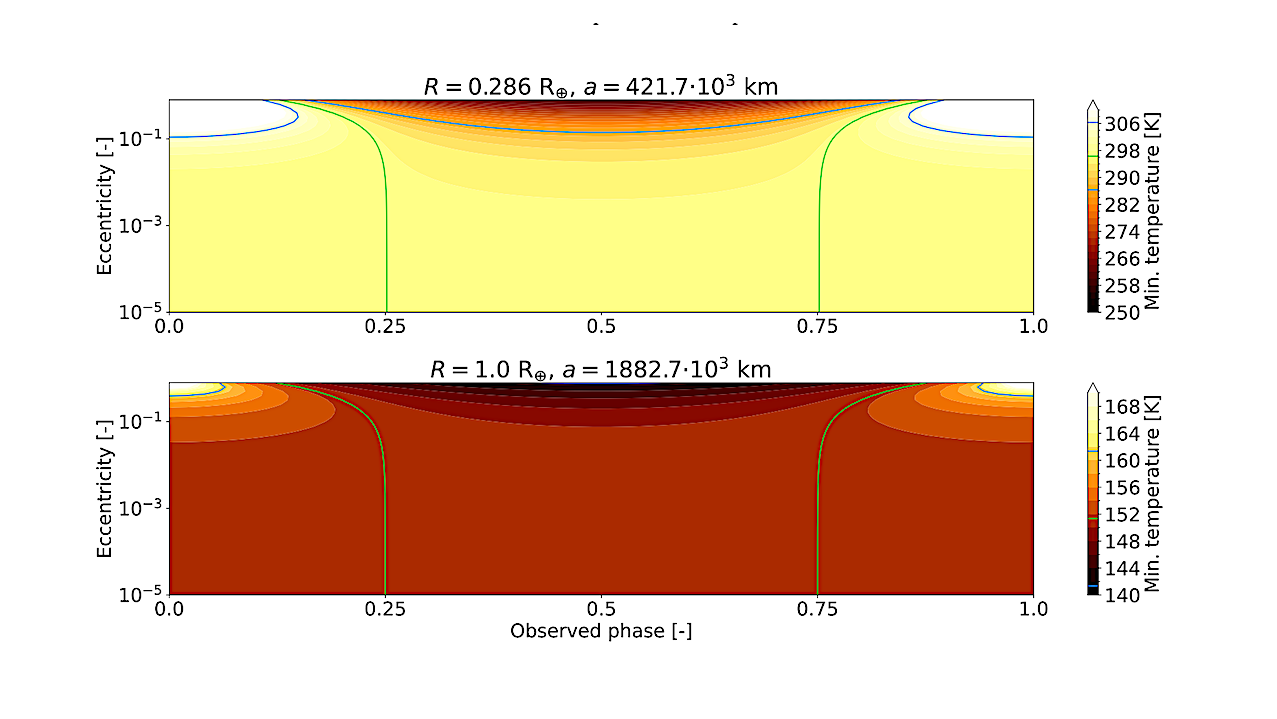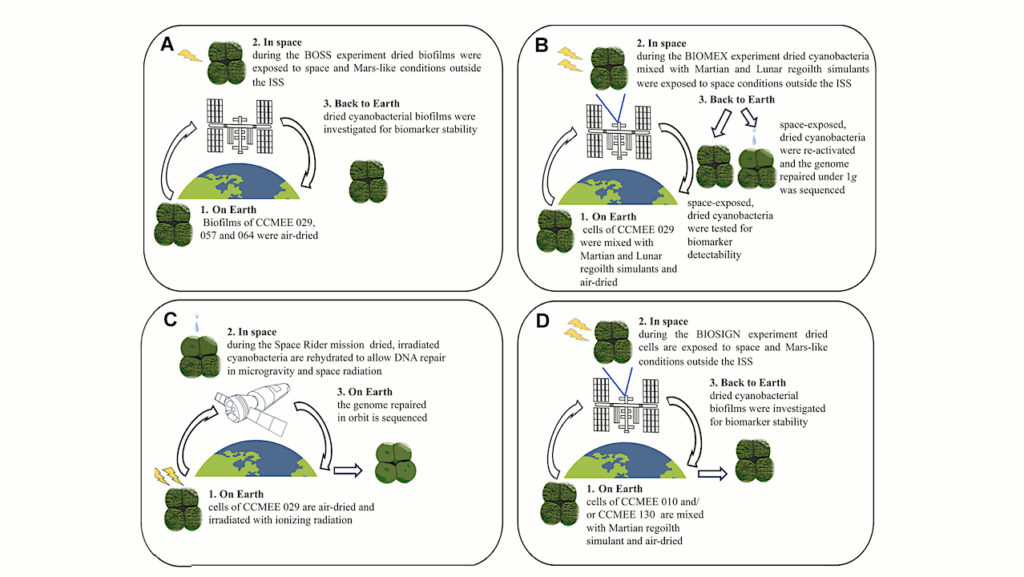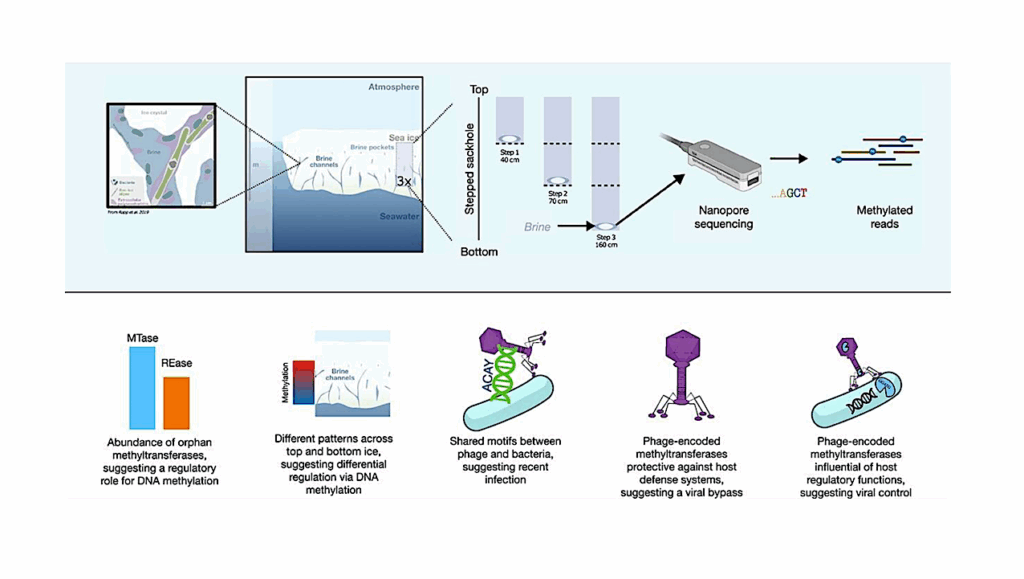The Spectroastrometric Detectability Of Nearby Solar System-like Exomoons

Though efforts to detect them have been made with a variety of methods, no technique can claim a successful, confirmed detection of a moon outside the Solar System yet.
Moon detection methods are restricted in capability to detecting moons of masses beyond what formation models would suggest, or they require surface temperatures exceeding what tidal heating simulations allow. We expand upon spectroastrometry, a method that makes use of the variation of the centre of light with wavelength as the result of an unresolved companion, which has previously been shown to be capable of detecting Earth-analogue moons around nearby exo-Jupiters, with the aim to place bounds on the types of moons detectable using this method.
We derived a general, analytic expression for the spectroastrometric signal of a moon in any closed Keplerian orbit, as well as a new set of estimates on the noise due to photon noise, pointing inaccuracies, background and instrument noise, and a pixelated detector.
This framework was consequently used to derive bounds on the temperature required for Solar System-like moons to be observable around super-Jupiters in nearby systems, with ϵ Indi Ab as an archetype. We show that such a detection is possible with the ELT for Solar System-like moons of moderate temperatures (150-300 K) in line with existing literature on tidal heating, and that the detection of large (Mars-sized or greater) icy moons of temperatures such as those observed in our Solar System in the very nearest systems may be feasible.
Quirijn B. van Woerkom, Evangelia Kleisioti
Comments: The code used to generate the results and figures presented in this paper is publicly available at this http URL. Accepted for publication in A&A
Subjects: Earth and Planetary Astrophysics (astro-ph.EP); Instrumentation and Methods for Astrophysics (astro-ph.IM)
Cite as: arXiv:2402.07517 [astro-ph.EP] (or arXiv:2402.07517v1 [astro-ph.EP] for this version)
Submission history
From: Quirijn Van Woerkom
[v1] Mon, 12 Feb 2024 09:40:17 UTC (1,019 KB)
https://arxiv.org/abs/2402.07517
Astrobiology








